Video myths exposed
In the final instalment of this two-part feature, Joanna Hitchcock chats with leading photographers and video production pros to bust the myths surrounding editing, lighting and pricing professional video services. She also gets practical tips on how professional photographers can start to take their video footage from uncut mess to a marketable, finished product.
Producing professional video doesn’t just stop at being able to shoot it well. Of course the look and quality of the footage is important, but when the camera stops rolling there is a wealth of work to do to weave together all the elements of image and sound to create a compelling story and a quality finished work, all of which are generally uncharted territory for a professional photographer.

Myth #5: I’m well versed in Photoshop, so video editing should be a piece of cake.
Video editing is a very different beast from digital stills manipulation and Photoshop is not the tool of choice here. There are many video editing options on the market but the two most common in professional circles are Final Cut Pro X for Mac or Adobe Premiere Pro, which can be used on both Mac and PC. The latter is a popular option for its integration with After Effects and its ability to play almost any kind of footage straight into the timeline without needing to convert it. Whichever video editing software you opt for, all are relatively low cost and easy to learn providing newbies are prepared to invest the time. “There are hundreds of ‘How To’ videos available on the web so get the software, get on YouTube, watch, learn, and then practice,” suggests commercial photographer turned advertising cinematographer, Dan Freene. “It’s actually a great way to learn the programs,”
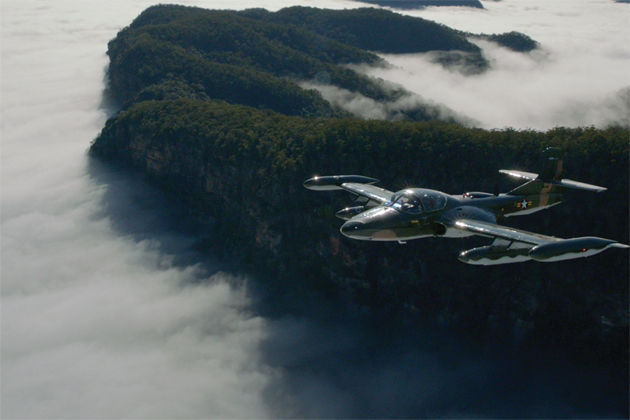
But ask the pros and they will tell you that editing is not about the execution of software; it’s about combining technical knowledge and creative skills to piece together a story. Freene believes that a beginner in film production should start with editing, as the edit affects every part of the filmmaking process from shooting style to shot selection and size, screen direction, camera movement, and coverage required to get the story told. “I came from a stills background and getting my head around how editing works and what makes a good edit has taken me years to understand, and I still learn new things every time I shoot a sequence,” he says.
Freene says that there are a myriad of simple rules that should be learnt, like not cutting two shots together that are the same size, and not crossing the 180 degree line of action. “Essentially, it’s about pace and timing,” he says. “I advise watching a lot of quality clips and movies and really taking the time to look closely at what shots work and why, and study as much as you can around film theory and editing techniques,” Freene says. Cinematographer Abraham Joffe suggests always having the end goal in mind. “Always have a purpose to what you’re doing and try to think about what you want the audience to experience or feel, and make decisions based on that. It’s such a big area there’s not one simple rule. People just need to get their hands dirty and start editing. When you’ve done an edit, watch it back and then work out how you can tell the same story in less time, because sometimes you see stuff that’s very drawn out and there’s no real purpose to it,” he suggests.
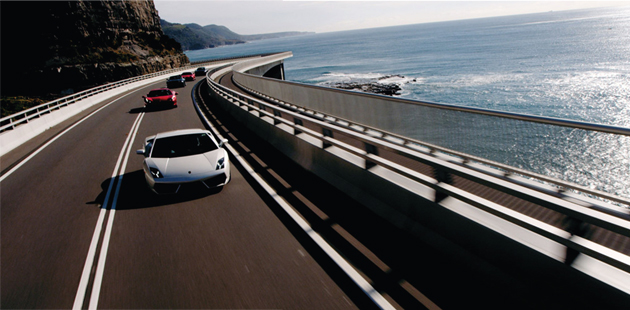
Like stills manipulation, video editing can take anywhere from a single day to several months depending on the complexity of the project and skill level of the editor. “One thing inexperienced editors often get tripped up on is being overwhelmed by the amount of footage they need to go through,” says commercial producer, Cameron D’Arcy, from Brightworks Creative. “The trick is to take a step back and spend time organising the footage using different timelines and bins. Putting the extra time into organising at the start will save a lot of time at the end,” he says. Tools like Adobe Premiere Pro work so well as they give editors the ability to group different video clips into “bins”, or folders, for easy reference. Clips dropped onto a timeline also help reveal the story as it develops.
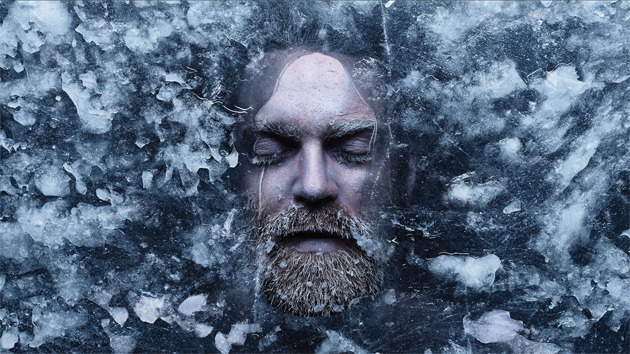
Those new to video need to also remember that they are not finished once they have locked down their selected footage into a timeline. Once the footage is cut together, it needs to be colour graded to ensure the look of the piece is consistent throughout, and this is where video editing is most similar to Photoshopping stills as editors use curves, levels and other familiar filters to achieve the look they want. While Photoshop can be used for this, most video pros opt for software like Adobe After Effects or Da Vinci Resolve for the task, which may be unfamiliar at first. Creative director of Eden Creative Media, Kim Reddin suggests that one should budget for a few hours with a Da Vinci Resolve colourist, or at least get someone who knows editing to help. “Try not to mess with the shots until the end and keep your resolutions full,” he says.
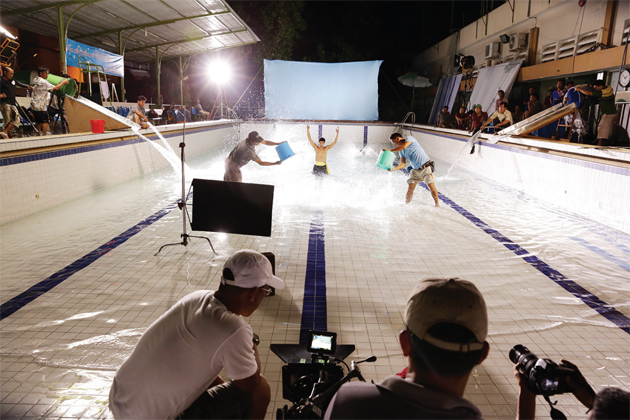
Sound is equally important as image video, so it is important to understand audio mixing too, or find someone who can do it for you. There also needs to be an understanding of formats since TV, cinema and online all require different output settings. “If possible, budget to work with a senior editor for all stages of the project. They will do what would take you a week in two days, plus make you look good in a hundred little ways you haven’t even figured out yet,” says Reddin.
Myth #6: It doesn’t matter if we get it right in camera, since we can always fix it in post production.
As with photography, post production is a much quicker and easier task when shooters get things right in camera. With video, “fixing it in post” can become a very time-consuming and costly exercise. For every second of motion footage, there are 25 frames of images that need to be “Photoshopped” if something needs to be fixed, so addressing issues on set is usually much easier and more cost effective. “I know a guy who worked for three weeks full-time on a three second shot in a movie on an issue that could have been solved with a camouflage net in five minutes on the shoot,” says Reddin.
With that in mind, it is not surprising that the “fix it in post” mentality can get very expensive with film work, and while lots can be done in post production when necessary, it is best to try to avoid it. “Make sure someone on set has a good post production understanding as there is nothing worse than assuming something can be fixed in post to only later realise it actually can’t be, or you’re going to need lots of cash to do it,” says D’Arcy.
It is also important to remember that video is a compressed format, so the latitude photographers have to fix mistakes in RAW is simply not there. “Because we’re not shooting RAW, you don’t really have the ability to change the white balance and exposure, so you really need to nail it in camera. I shoot in manual Kelvin and I’m constantly changing white balance and exposure to maintain a clean look. What you can do in grading is much more limited compared to what photographers are used to,” says Joffe.

The best philosophy is to do a great job first and then spend the time in post production more precisely enhancing the end product. “Post production is a tool in my arsenal of tricks, but it’s not a ‘fix’,” says C. Kim Miles, a director of photography. “I don’t stumble around and hope somebody with a computer will bail out my mistakes. I craft the footage I shoot with great care so as to serve the best interests of the story to which I have been entrusted.”
Myth #7:
I know how to light for stills, so lighting for video must essentially be the same. In order to achieve the best result in camera, controlling light is vitally important. Lighting affects style and mood, and to this end there are many similarities between lighting for stills and motion, but in both mediums there is a trade-off between the creative side of lighting and the intrinsic function it serves to enable shooters to capture movement or create depth-of-field, and the technical parameters are different in each. The base shutter speed for video is 1/50 second and footage is captured at a maximum 1600 ISO, which requires thought about what lighting is needed to make it work.
Since video shooters are dealing with a moving image and not just a single moment in time, using flash is not possible. Often, large costly HMI lighting sources and generators are needed to override ambient light when necessary. Reddin warns that photographers need to seriously consider the different working parameters when thinking about lighting. “Be wary of trying to match the high key fashion look you have been shooting with three flashes and a bounce board since 1999,” he says. “To recreate that look in motion, you may find you need a lot more light and oomph. That miscalculation could translate into an extra day of rigging lights, a generator, a gaffer, a best boy, bounce boards at all angles, painting back a whole studio, plus scheduling to redo the makeup a couple of times because you are going to cook your talent,” he jokes.
Because video requires dealing with scenes occurring over time, there are many additional factors that need to be considered, and lighting continuity is a craft that needs to be learned, as C. Kim Miles explains. “In stills, you only have to worry about the quality of light for a fraction of a second. In motion pictures, you have to anticipate how actors, sets, camera movement, extras, vehicles, special effects, visual effects and many other things are going to need to be lit to best tell the story over an extended period of time,” he says. Shooting one scene takes time, which affects lighting considerations as Freene illustrates. “Imagine a scene that takes place at dusk and involves two people talking to each other for several minutes. To shoot the sequence you’ll require a minimum of three shots and if you were really flying, you might get it done in thirty minutes, by which time the light will have changed dramatically and the scene will cut badly. The trick then is to know how to light up the scene with larger sources and then peel them back with neutral density filters or diffusion as the light changes so that by the end of shooting the scene looks like it all took place over two or three minutes,” he says.
The trick is to understand the differences and apply your existing knowledge about lighting to the new shooting situation. “It’s actually quite liberating once you get used to it as you tend to develop your lighting skills more accurately which in turn helps your stills photography when you go back to it,” Freene says.
Myth #8:
I can easily shoot and deliver stills and video for any client that asks me to do both, and still make a tidy profit. It is of course possible to shoot both stills and video for a client, but pros should carefully consider the additional time and resources required to do both at the same time to a professional standard, as advertising photographer and director, Christopher Ireland explains. “Any self-respecting photographer is selling the value of their creative problem solving, not their labour time, and delivering both dilutes my already stretched attention, compromising what I am able to deliver professionally. Structuring fees to allow for additional shooting time, overseeing an edit and taking responsibility for a greater project is wise if your aim is to make great work and be well paid,” he says.
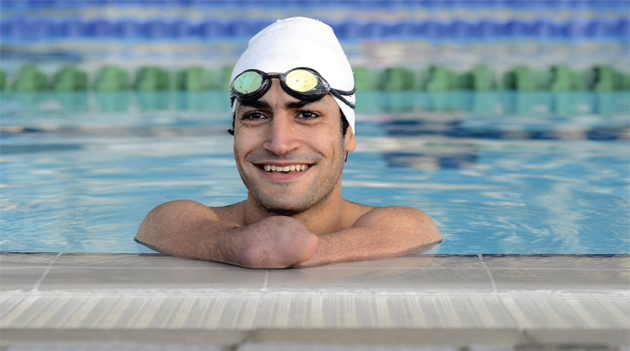
Of critical importance is understanding the whole process of video production from brief through to final delivery, finding out exactly what the client requires and charging them accordingly. Freene suggests this can be hard to do. “I have seen a lot of stills shooters take on video work only to find they misinterpret briefs because they don’t know what questions to ask clients. So start in reverse. Find out what the final deliverables are and the timeframe, then figure out what you need to hire, what you need to create the desired look, and who you need to bring in to complete the project. I work on small to large-scale commercial projects and pretty much every time I work on a video project, I bring in specialised crew members. I generally hire a sound specialist, as for me shooting film and recording sound at the same time is very hard and only possible on the most basic jobs. The moment I need a polished commercial look, I hire a gaffer who comes with an assortment of lights preselected to my specifications, and I often hire a focus puller to bring the chosen camera gear and keep my images sharp. I often get asked to shoot both stills and video for clients, and sometimes I do both on the same day, but to be honest I really don’t enjoy those days very much, mainly because the two hats collide and it just becomes overwhelming. I much prefer to wear one hat on one day and wear it well,” Freene says. “If I have to shoot stills on the same day, I get a good stills assistant who can prepare all the stills gear and have it ready for when I need to shoot stills. It requires a completely different approach though and often different lighting, so it’s not easy to do,” he says.
Photographers can and do offer video as part of an assignment and clients see this as an opportunity to save money because they assume that if the photographer sets up for a stills shoot they can just capture video while they’re there. But because of the different technical considerations for shooting stills and motion, this is not always the case. Commercial shooter Lisa Saad advises ensuring that there is a clear understanding between photographer and client before the job commences. “I offer the photography and quote as usual and then in a separate section, I offer video as an add-on, making sure the client understands that it is only offered if I can deliver both and it is only possible in some setups and not guaranteed at all. In quoting it first and making it clear before you shoot, it is easier to negotiate if the client wants to go ahead with this option,” she says.
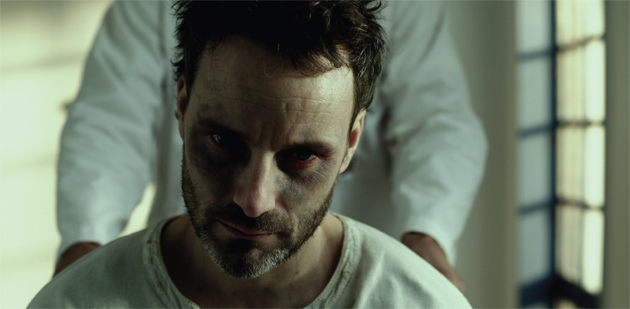
It is important to realise that it is not just the shoot itself that needs consideration, but the required deliverables as well. If the plan is to hand over the untouched footage at the end of the shoot, then that’s one thing, but if a finished product is required then post production time needs to be accounted for, which can take weeks.
The same concepts apply when considering how to price video as they do to stills. Pros need to consider the time and costs involved as well as the value of their creative skill, and price accordingly. “Do a budget, factor in your predicted fees and a contingency for mess ups. Then work like hell to ensure you don’t have to dig into them to solve a problem,” says Reddin.
Photographers need to understand the complexities of what is involved and for those that do, there is certainly opportunity. “There are many people out there doing it and it comes down to efficient time and money management and hard work,” D’Arcy says. “In today’s market, it’s important to be flexible, and if you feel like you can handle both tasks without compromising either, then go for it. But it’s something that needs a lot of planning and careful consideration prior to shooting to ensure you are completely across both formats and the deliverables. There’s no doubt that there is room to have competitive service offerings by being able to multitask, but don’t short-change yourself by having to work twice as hard for little to no more money”.
Myths busted
In the same way that professional photographers get frustrated by “backyarders” who buy themselves a fancy camera and call themselves a pro, photographers should not assume that their existing skill set and the video function on their HDSLR gives them the ability to produce professional video. Sure, the technical features are now at their fingertips, but video production involves so much more than the image mastery at a photographer’s disposal. Sound, lighting, and editing are all critical components of successful video production and all demand dedicated learning, just as photography did. But to those willing to put in the hard yards, it is definitely possible and a great way to diversify and stand out in tough times. “The awareness photography teaches you is invaluable for transferring knowledge into the moving realm, and it’s not a giant step. Personally, I’ve found it highly rewarding and symbiotic,” says Ireland.
Contacts
Cameron D’Arcy: www.brightworksproductions.com.au
Dan Freene: www.danfreene.com
Christopher Ireland: www.christopherireland.net
Abraham Joffe: www.untitledfilms.com.au
C. Kim Miles: www.ckimmiles.com
Kim Reddin: www.kimreddin.com
Lisa Saad: www.lisasaadphotography.com.au

